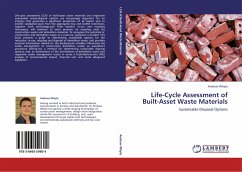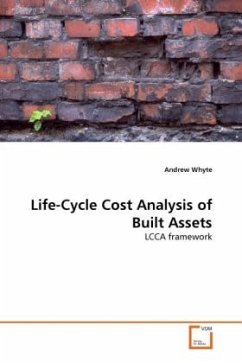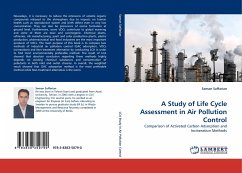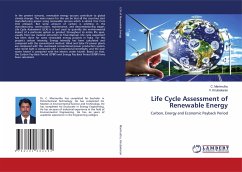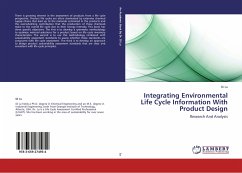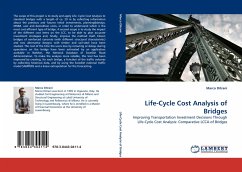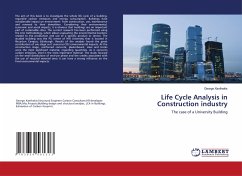Life-cycle assessment (LCA) of built-asset waste materials and respective sustainable waste-disposal options are increasingly important for an industry that generates a significant proportion of all matter sent to landfill. Legislation-push from the aggregates levy and landfill restrictions, together with technology-pull from modern re-use and recycling techniques, will continue to exert pressure on recycling rates for construction waste and demolition materials. To recognise the potential of construction and demolition waste as a resource, guidance is needed. This book presents a guide to determining sustainable options for the reduction, re-use, recycling and disposal of demolition waste, and provides essential information related to: the background variables influencing the waste management of construction demolition waste; an assessment procedure setting-out a method for determining sustainable disposal options; and, an examination of the sub-divisions of demolition waste andrespective waste management routes in terms a Triple-Bottom-Line (TBL) analysis of environmental impact, financial cost and social safeguard legislation.

